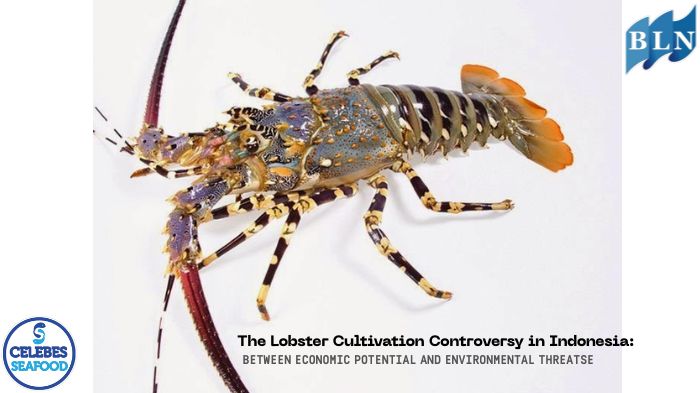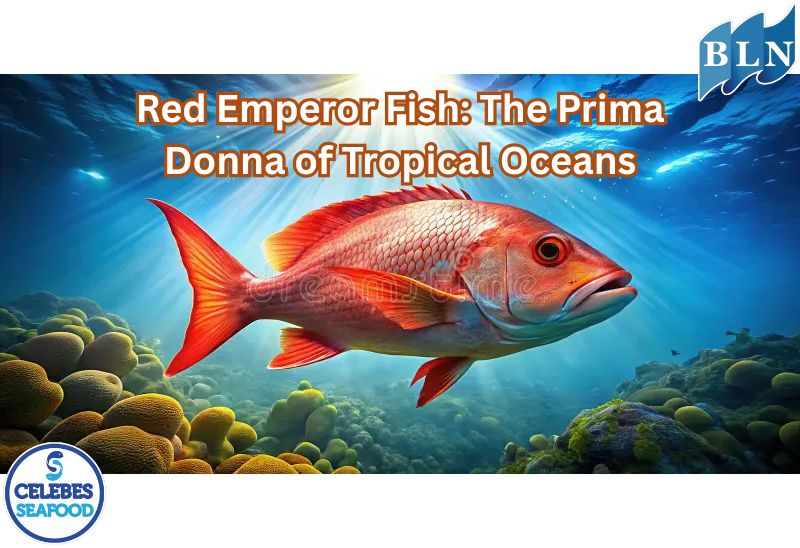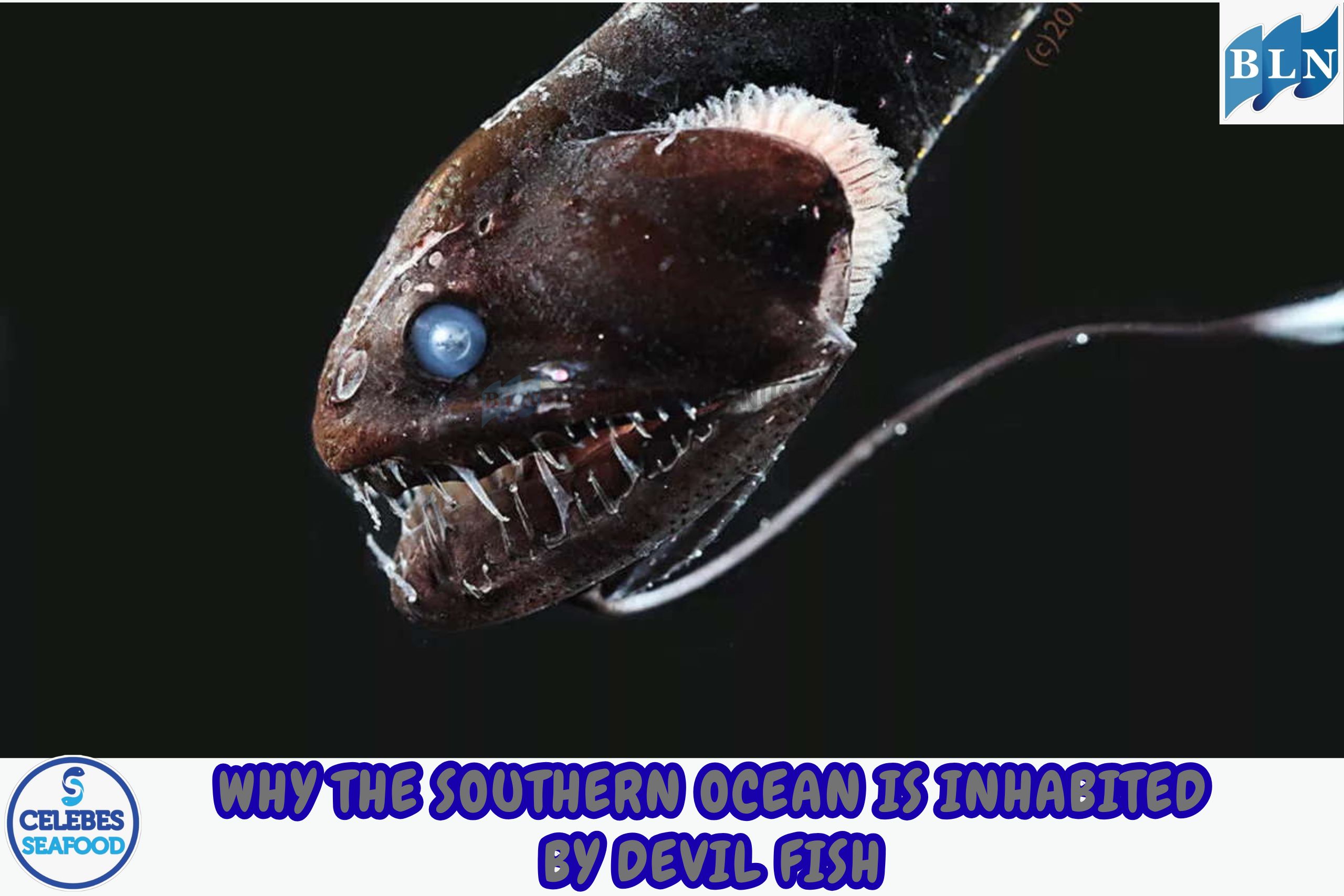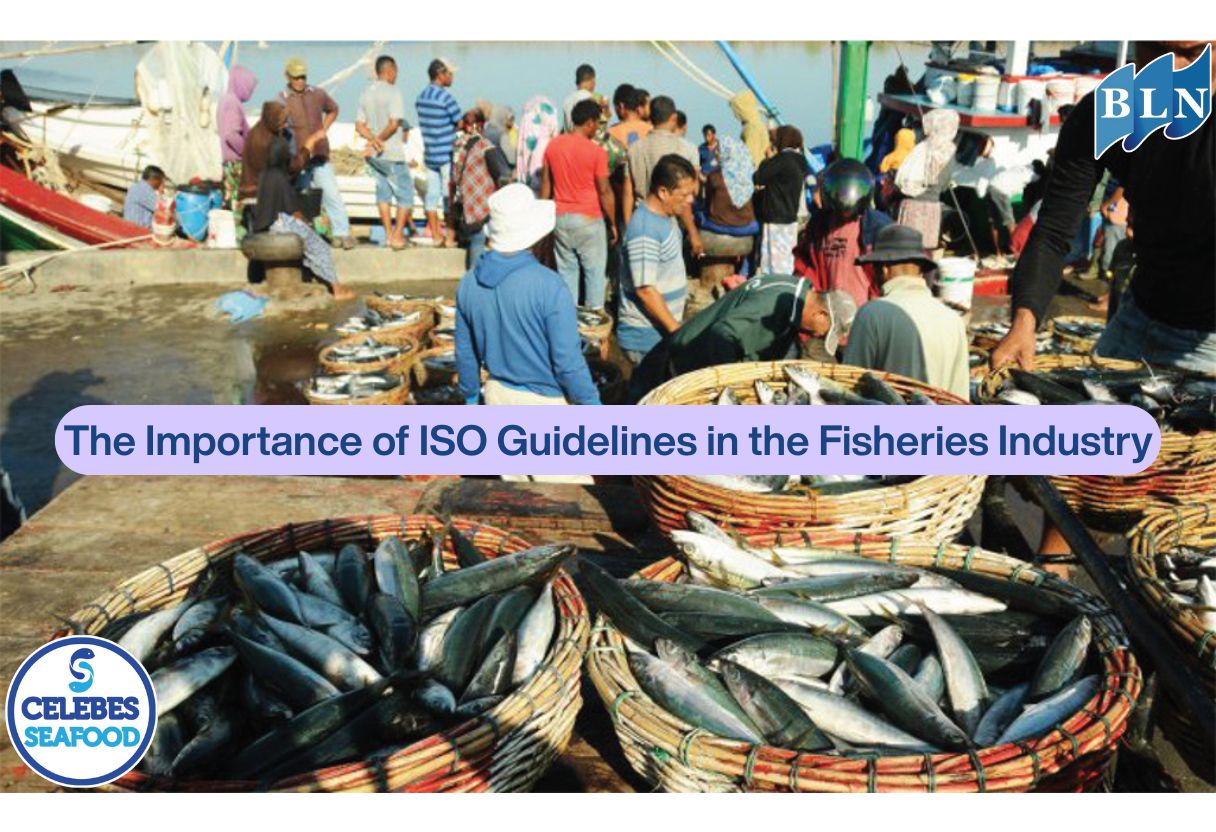Getting to Know the Red Snapper: Physical Characteristics, Habitat, and Distribution
By. Amma - 21 Jul 2025
lautnusantara.com Red snapper, or better known in Indonesia as Kakap Merah, is a type of demersal fish (living on the bottom of waters) that is very popular among fishermen and culinary enthusiasts. Known for its delicious meat and soft texture, red snapper is not only economically important but also plays an ecological role in marine ecosystems.
1. Physical Characteristics
Red snapper has several physical characteristics that distinguish it from other fish species:
- Color: The most prominent characteristic is its bright red to pinkish-brown color, sometimes with a touch of gold or silver on the belly. This color can vary slightly depending on the specific species and its environment.
- Body Shape: Generally, it has an elongated and laterally flattened body shape (from the sides), with a rather high back.
- Size: Red snapper size varies depending on the species, but many can reach lengths of over 75 cm and weigh tens of kilograms, although the average catch size is usually smaller.
- Fins: They have a single dorsal fin with a strong, sharp spine at the front, and a forked or slightly curved caudal fin. The pectoral and pelvic fins are usually red or pink.
- Eyes: Their eyes are relatively large, indicating their ability to see in deeper or darker waters.
- Teeth: They have small, sharp teeth, especially in the front jaw, indicating their predatory nature.
2. Habitat
Red snapper are fish that inhabit warm waters in tropical and subtropical regions. They are bottom-dwelling (demersal) and tend to be found in:
- Coral Reefs: This is their preferred habitat, as coral reefs provide ample shelter from predators and are also an abundant food source.
- Rocky Waters: Rocky structures on the seafloor also provide ideal hiding places.
- Dead Coral Reefs or Shipwrecks: Sunken man-made or natural structures are also common habitats for red snapper.
- Depth: Most red snapper species are found at varying depths, ranging from a few meters to over 100 meters, depending on the species and the availability of food and shelter.
They often live in schools as juveniles, but tend to become more solitary or form smaller groups as adults.
3. Distribution
Red snapper are widely distributed across various oceans, particularly in the Indo-Pacific and Atlantic regions. Some of the main distribution areas include:
- Indo-Pacific: This is the most diverse distribution area for red snapper species. They are found in the waters of Southeast Asia (Indonesia, Malaysia, the Philippines, Thailand), northern Australia, and the western Pacific Ocean.
- Atlantic Ocean: Species such as the Northern Red Snapper (Lutjanus campechanus) are found in the Gulf of Mexico and along the southeastern coast of the United States.
- Indian Ocean: Also found in the waters of the Indian Ocean, including around East Africa and much of South Asia.
In Indonesia, red snapper is abundant and a primary target for fisheries in various regions, from the waters of Sumatra, Java, Kalimantan, Sulawesi, and even Papua. Its widespread presence demonstrates this species' adaptability to a variety of marine environmental conditions.
If you are interested in our Red Emperor Fillet Skin On, Red Snapper Fillet Skin On please do not hesitate to contact us through email and/or whatsapp.








